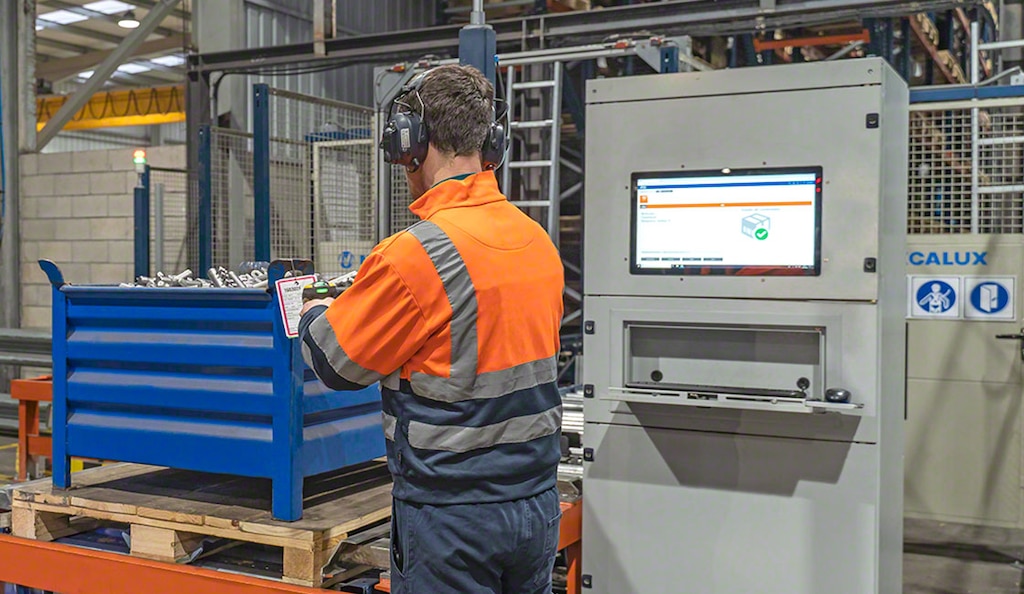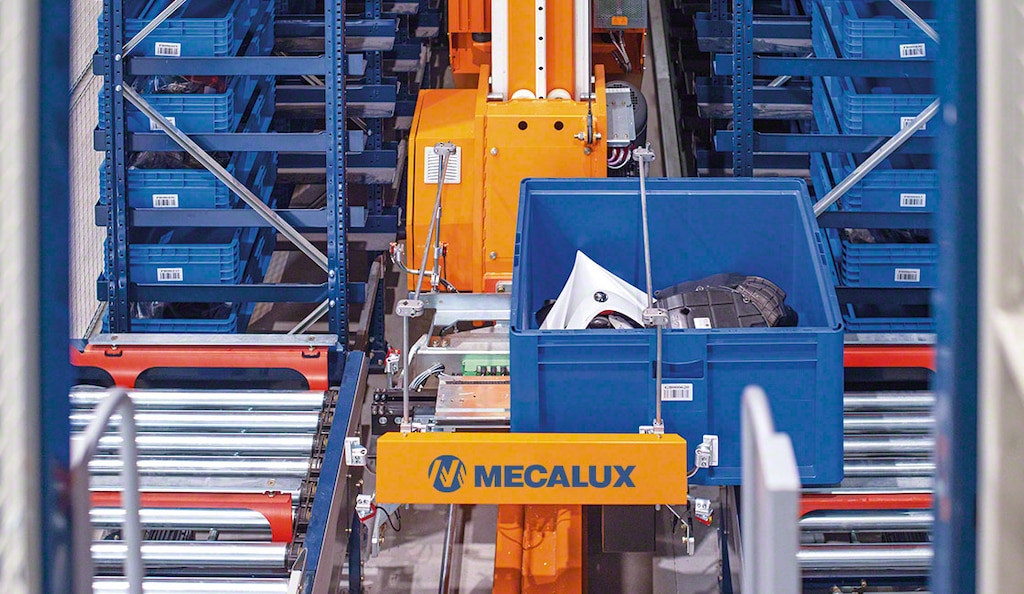
Cannibalization in reverse logistics: definition and benefits
In reverse logistics, cannibalization is an operation that falls under the umbrella of management of recovered parts that aims to take advantage of some of an item’s components.
It’s a very common process in sectors such as the automotive and electronics industries, especially in companies that practice sustainable and environmentally friendly business development.
How can you efficiently manage cannibalization in reverse logistics? What benefits can effective management of this supply chain practice bring to companies? We’ll explain below.
What’s cannibalization in reverse logistics?
In 1995, researchers Martijn Thierry, Marc Salomon, Jo van Nunen and Luk van Wassenhove published the study Strategic Issues in Product Recovery Management, where they coined the term cannibalization in the context of reverse logistics. They used it to refer to the recovery of several components of products whose useful life has ended.
Cannibalization involves the selective disassembly of used goods and the inspection of potentially salvageable parts. It’s an extremely rigorous process whereby the recovered components must meet certain quality standards, which vary according to their intended use. Generally, these parts tend to be leveraged for other product recovery processes, such as repairs or remanufacturing.
Differences between cannibalization, repair, refurbishment, remanufacturing, and recycling
In addition to cannibalization, reverse logistics contains four other ways to give products or their parts a second life: repair, refurbishment, remanufacturing, and recycling. So, what exactly does each operation consist of?
- Repair: to return a product that no longer works or isn’t working as expected to an optimal operating condition.
- Refurbishment: to improve the quality of the used good by several levels (but generally lower than the original).
- Remanufacturing: to provide the used product with quality standards as rigorous as those of the original.
- Recycling: to recover material from the discarded good and employ it in the manufacture of new items.
The difference between all these processes in relation to cannibalization is that the goal of the latter isn’t to make a product work again or to recover the material with which it was manufactured; the purpose of cannibalization is to take advantage of just some of the item’s parts. In repair, refurbishment, and remanufacturing operations, a large part of the product is reused, but this doesn’t occur in cannibalization.
Cannibalization always appears integrated in other processes. For example, a product in disuse can be disassembled to salvage some of the components; at the same time, you can recycle the materials of the parts that can’t be reused.

Advantages of cannibalization
Implementing an efficient cannibalization strategy offers the following benefits:
- Minimization of environmental impact: leveraging the components of a product whose useful life is over prevents new raw materials from being exploited for the production process. It also reduces energy use as well as air and water pollution.
- Lower costs: reusing part of a product’s components brings down expenses relating to the repair and restoration of other products.
- Improved brand reputation: society in general and customers in particular are increasingly loyal to businesses that support environmental issues.
Ultimately, the primary benefit of cannibalization is to foster sustainable production while minimizing costs by reusing materials.
However, the process could have the odd disadvantage, such as discouraging the sale of new products. How is this possible? Certain restored or refurbished products have characteristics comparable to a new one and are more affordable. This could cause a considerable increase in the sales of these types of items: what was once a secondary line of business could end up becoming the main one. And this, of course, could pose a risk to the company’s turnover and profit.
How to manage cannibalization in reverse logistics
With cannibalization, it’s fundamental to implement a warehouse management system (WMS) capable of controlling reverse logistics as well as the other operations taking place in the facility. Easy WMS, the WMS from Interlake Mecalux, features the return receipt option, a functionality that facilitates this operation. Taking into account the condition and characteristics of the recovered components, and after they undergo quality control, the program assigns each of them a destination: they will either be stored in a specific location in the warehouse or sent to the production lines.
It’s also essential that the storage system used speeds up the picking of small parts. This objective could be met by installing a miniload system, a fully automated solution that optimizes storage space, streamlines goods entries and exits, and facilitates implementation of the goods-to-person order picking method.
One success story of a company that implemented solutions from the Mecalux Group to manage its reverse logistics operations is Surplus Motos. This French firm’s business is centered on cannibalization to recover and market used motorbike parts so that they can be repurposed as if they were brand new. Thanks to the automated storage and retrieval system (AS/RS) for boxes, Surplus Motos has optimized the preparation of 200 orders a day, recycling up to 10,000 motorbikes a year.

Sustainable supply chain
The main reasons why organizations practice cannibalization in reverse logistics are to cut production costs and minimize environmental impact caused by business activities. To reap the benefits of a sustainable supply chain, it’s crucial to implement good organizational practices and promote the rational and responsible use of resources.
Looking to optimize reverse logistics operations in your company? Don’t hesitate to contact us. One of our expert consultants will help you come up with the most efficient solution for your business’s needs, from a warehouse management system as flexible and powerful as Easy WMS to automated storage systems that enable you to ramp up the flow of movements.
